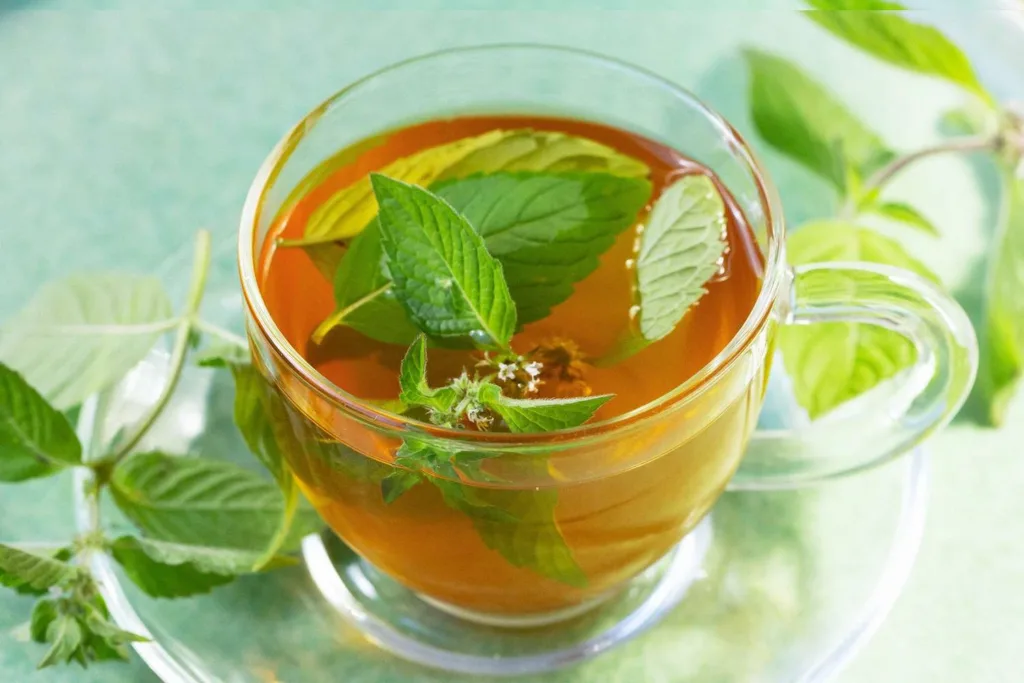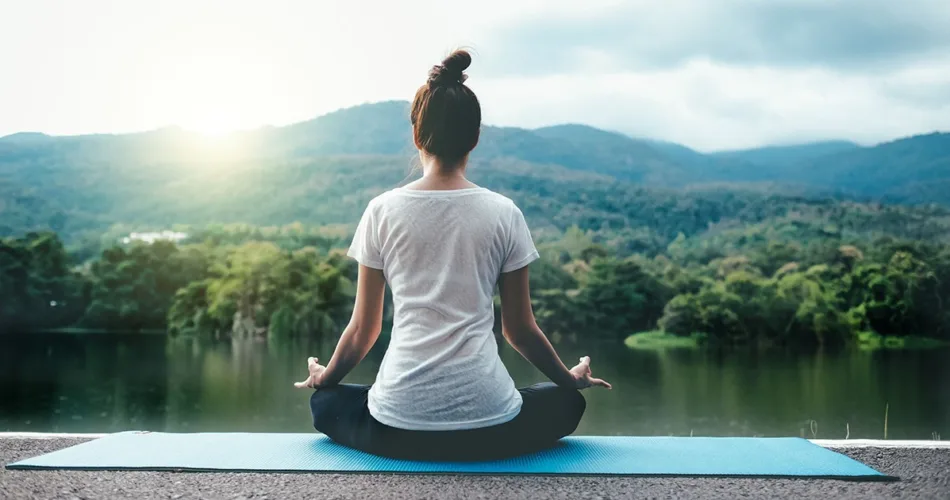Nourishing a healthy scalp is essential for overall hair health and interests. Stress, environmental factors, and poor hair care habits can contribute to scalp issues. Incorporating these relaxation techniques into your daily or weekly routine can contribute to a healthier scalp and promote overall well-being. Finding the right combination of techniques that work for you can lead to long-term scalp health. Incorporating relaxation techniques into your routine can promote an improved scalp. Here are some effective relaxation techniques for healthy scalp:
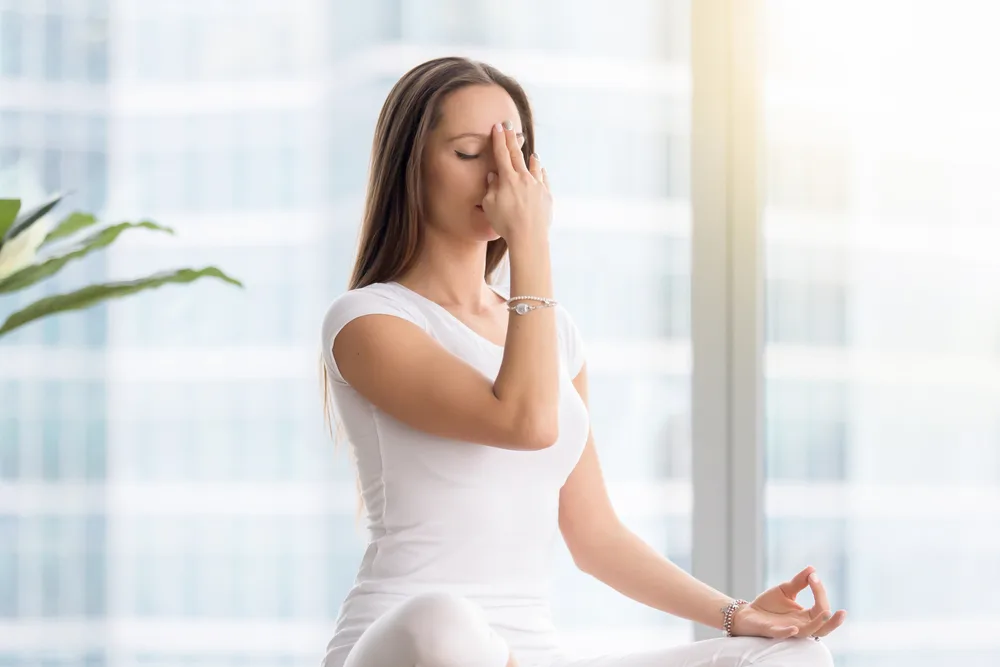
Deep Breathing Exercises
Deep breathing is a simple yet powerful relaxation technique. Take slow, deep breaths to increase oxygen flow to the scalp and reduce stress. Sit comfortably, close your eyes, and inhale deeply through your nose, expanding your diaphragm. Exhale slowly through your mouth, releasing tension and promoting a sense of calm. Deep breathing techniques into your daily life can significantly contribute to a healthier scalp. By reducing stress, increasing oxygen supply, improving blood circulation, and releasing tension, you pave the way for a nourished scalp and beautiful, flexible hair.
How to Incorporate Deep Breathing into Your Routine:
· Set Aside Time Daily: Dedicate a few minutes each day to deep breathing exercises. Find a quiet space where you can sit comfortably without distractions.
· Choose a Technique: Explore different deep breathing techniques such as diaphragmatic breathing, alternate nostril breathing or deep belly breathing.
· Regularity is Key: Like any wellness practice, consistency is crucial. Aim to incorporate deep breathing into your daily routine, whether it’s in the morning, during a break, or before bedtime.
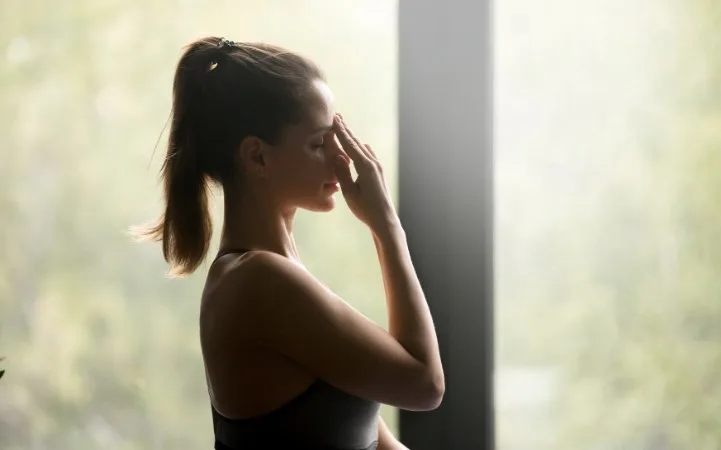
Scalp Massage
Massaging the scalp is an excellent way to improve blood circulation and reduce tension. Use your fingertips to gently massage the scalp in circular motions. This increases blood flow to the hair follicles, promoting a healthier scalp and stronger hair. Scalp massage is its ability to stimulate blood flow to the scalp and hair follicles. This increased circulation helps deliver essential nutrients and oxygen to the hair roots, promoting healthier hair growth and preventing issues such as hair loss. Furthermore, improved blood flow can contribute to a more nourished and vibrant scalp, reducing the likelihood of dryness and flakiness.

Yoga and Meditation:
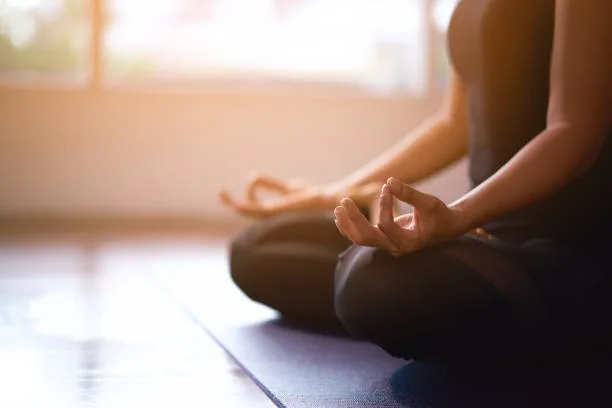
- Yoga involves a series of poses and stretches that enhance flexibility and build strength. Regular practice not only increases muscle tone but also helps improve overall body balance and coordination.
- Meditation, especially mindfulness meditation, cultivates a focused and clear mind. By training the mind to stay present in the moment, individuals often experience improved concentration, heightened awareness, and enhanced cognitive function.
- Yoga and meditation encourage self-awareness and emotional regulation. Practitioners often report a greater sense of emotional balance, increased self-compassion, and better management of negative emotions such as anxiety and depression.
- The combination of physical postures, breathe control, and meditation helps balance the body’s energy systems.
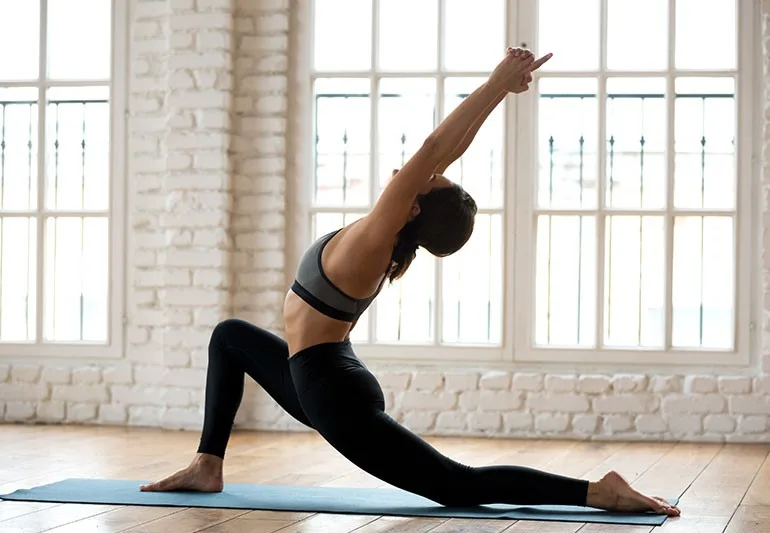
Aromatherapy:
Aromatherapy is a holistic remedial treatment that uses natural plant extracts to promote health and happiness. It’s called essential oil therapy. Aromatherapy uses aromatic essential oils medicinally to improve the health of the body, mind, and spirit. It enhances both physical and emotional health. Essential oils such as lavender, peppermint, and tea tree oil have soothing properties. Add a few drops of your preferred essential oil to your shampoo or carrier oil and massage it into your scalp. The aroma can help relax the mind, while the oils nourish the scalp. Humans have used it for very old cultures in China, India, and elsewhere including aromatic plant workings in resins, balms, and oils. These natural substances were used for medical and religious purposes. They were known to have both physical and psychological benefits.
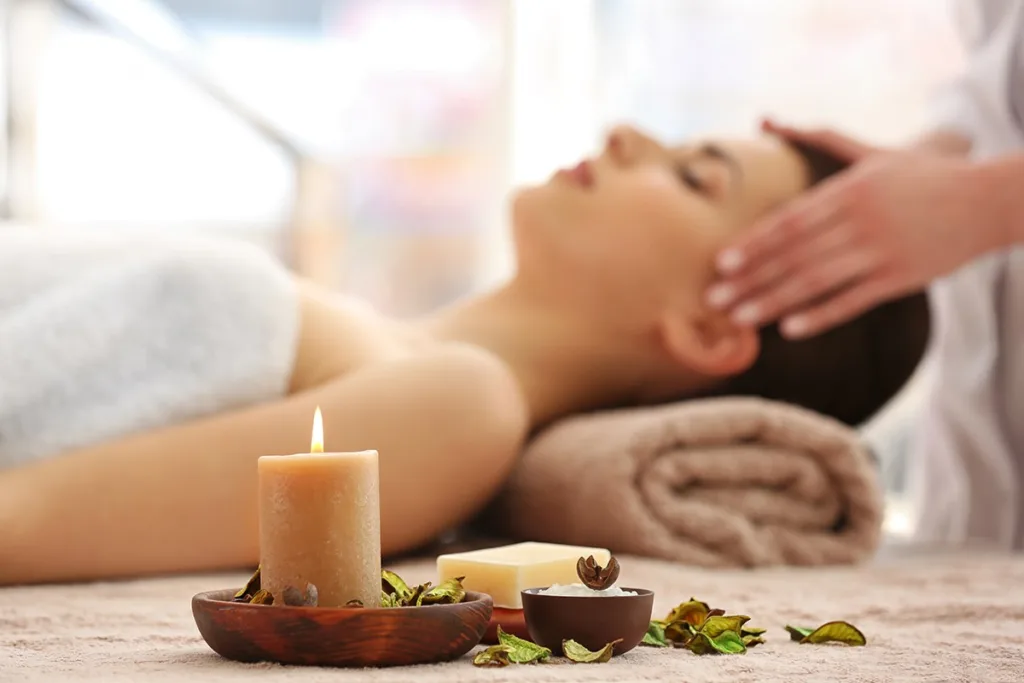
Warm Oil Treatments:
How to Perform a Warm Oil Treatment:
1. Choose the Right Oil: Select a natural oil such as coconut oil, olive oil, almond oil, or jojoba oil. Each oil has its unique properties and benefits, so choose one that aligns with your hair and scalp needs.
2. Heat the Oil: Gently warm the chosen oil using a double boiler or by placing the container in warm water. Ensure it is comfortably warm, not hot, to avoid burns.
3. Application: Section your hair and apply the warm oil to your scalp, massaging it in using gentle circular motions. Ensure that the oil is evenly distributed from the roots to the tips of your hair.
4. Cover and Wait: Cover your hair with a shower cap or warm towel to retain heat. Leave the oil on for at least 30 minutes to allow it to deeply penetrate the hair and scalp.
5. Shampoo and Condition: Wash your hair thoroughly with a mild shampoo and follow up with a conditioner. This will remove the excess oil while leaving your hair soft and manageable.

Progressive Muscle Relaxation (PMR):
PMR involves tensing and then slowly releasing different muscle groups to induce relaxation. Progressive Muscle Relaxation is a well-established and effective relaxation technique that empowers individuals to manage stress by methodically tensing and releasing muscle groups. Its simplicity and adaptability make it a valuable tool for promoting physical and mental well-being. Apply this technique to your scalp by tensing and relaxing your forehead, neck, and shoulder muscles. This can alleviate tension and promote a healthier scalp. Examine has shown that regular practice of PMR can lead to various health benefits, including reduced muscle tension, lower blood pressure, improved sleep, and decreased symptoms of anxiety and depression. As well, PMR is a non-invasive and reachable technique that can be easily learned and practiced by individuals of all ages.

Mindfulness and Visualization:
Practice mindfulness by focusing on the present moment and visualizing a peaceful and healthy scalp. Close your eyes, breathe deeply, and imagine a radiant, well-nourished scalp. Visualization can have a positive impact on your overall well-being and scalp health. Regular mindfulness practice is associated with numerous psychological and physiological benefits. It has been shown to improve cognitive functions, enhance emotional regulation, and even have positive effects on physical health. By promotion a non-judgmental awareness of thoughts and feelings, mindfulness encourages a more balanced and compassionate relationship with oneself and others.
Visualization, involves the conscious creation of mental images to achieve specific goals or outcomes. This technique draws on the power of imagination to influence thoughts, emotions, and behaviors. Athletes often use visualization to enhance performance by mentally rehearsing successful outcomes. Individuals may use visualization for stress reduction, personal development, or achieving goals. To practice visualization, one typically finds a quiet and comfortable space, closes their eyes, and mentally creates a bright image of a beloved outcome. This could range from visualizing a successful business meeting to imagining a peaceful natural scene for relaxation. The solution is to hold all the senses in the process, making the mental image as detailed and realistic as possible.
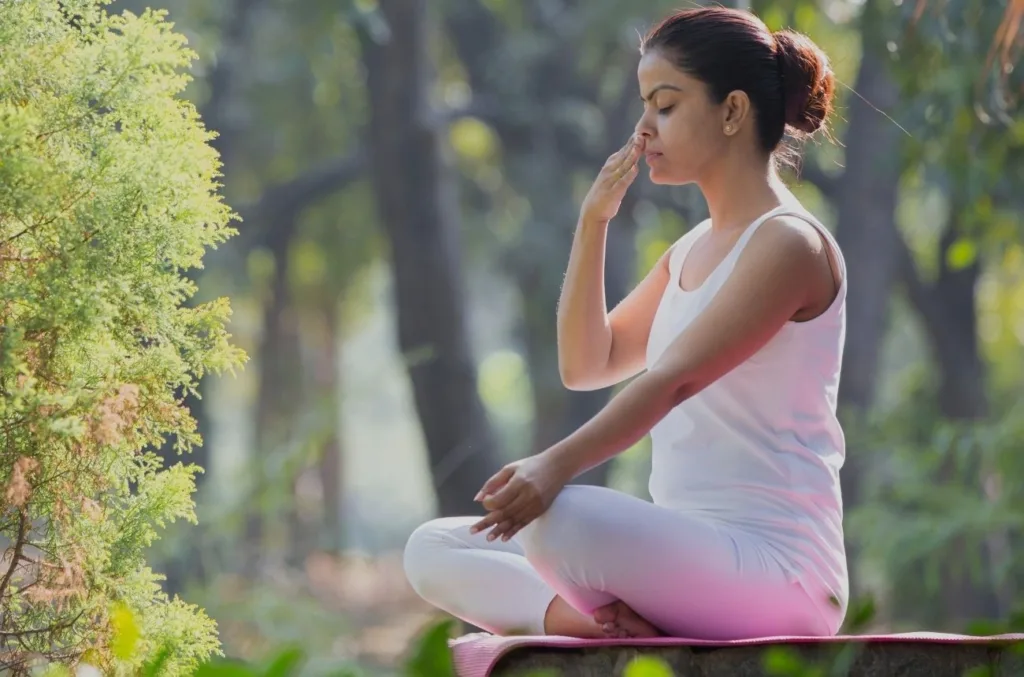
Herbal Teas:
Enjoying a warm cup of herbal tea, such as chamomile or peppermint, can have a calming effect on the nervous system. Reduced stress can contribute to a healthier scalp, making herbal teas a delightful addition to your relaxation routine. Herbal teas into your routine can be a delightful way to support a healthy scalp. Whether you’re seeking relief from irritation, aiming to strengthen hair follicles, or looking to promote overall scalp health, the various collections of herbal teas provides a natural and enjoyable solution.

Chamomile Tea:
Chamomile tea is celebrated for its calming and anti-inflammatory properties. It can help soothe an irritated scalp and alleviate conditions like eczema or psoriasis. Regular use may promote a more balanced and comfortable scalp environment

Peppermint Tea:
Peppermint tea is renowned for its soothing properties. It contains menthol, which has a cooling effect and can help relieve scalp irritation. Additionally, peppermint tea has antimicrobial properties that may contribute to a healthier scalp by combating dandruff and other scalp issue.
